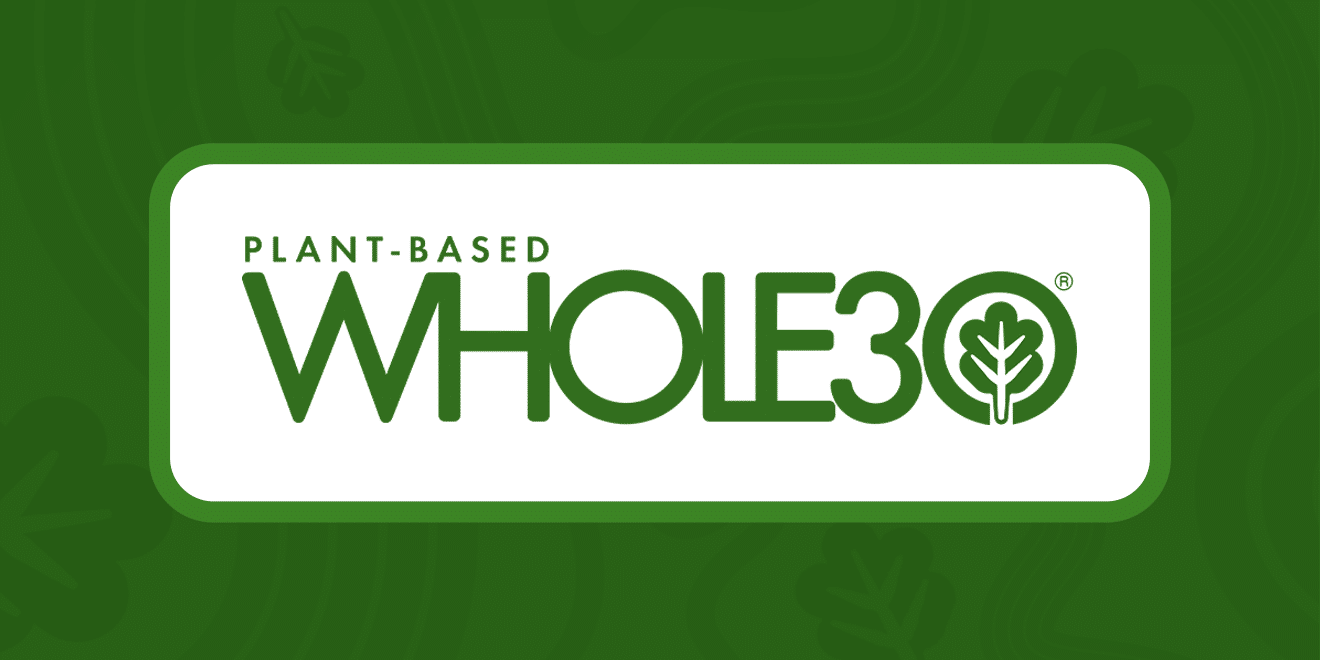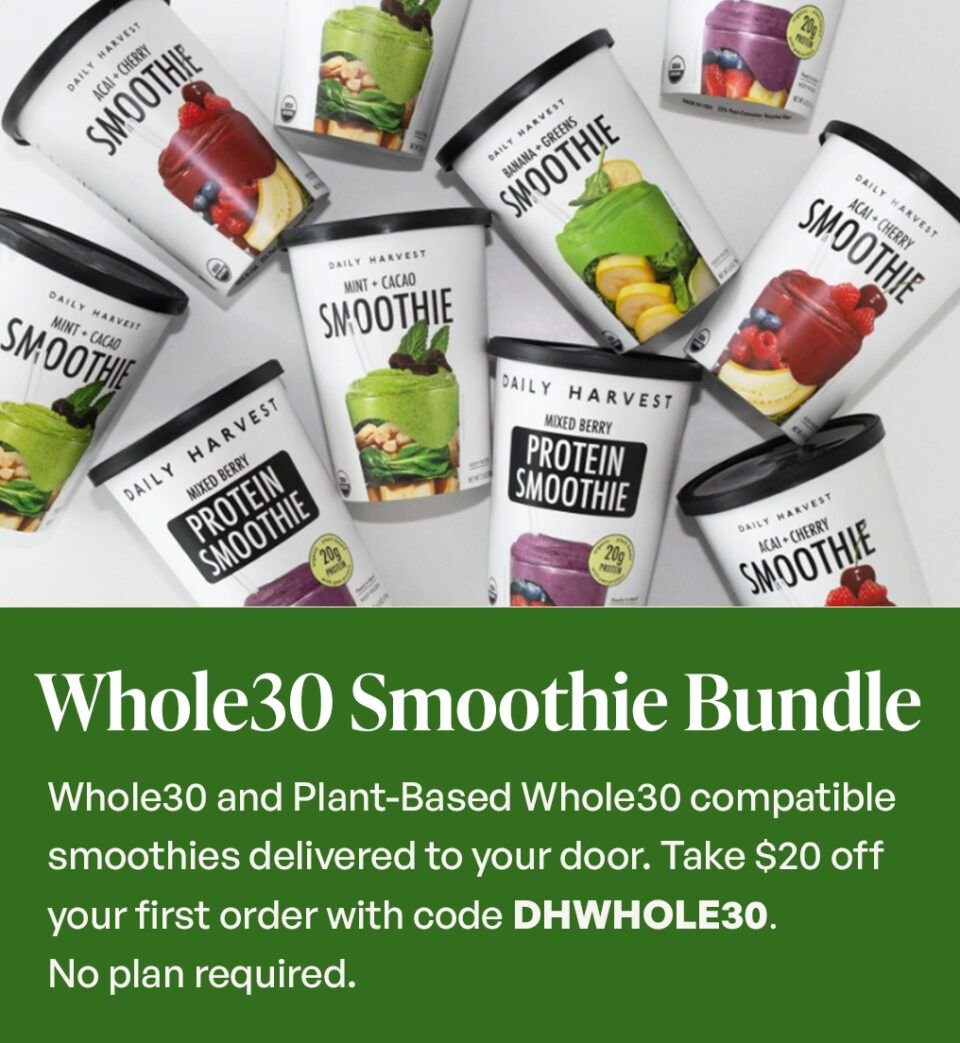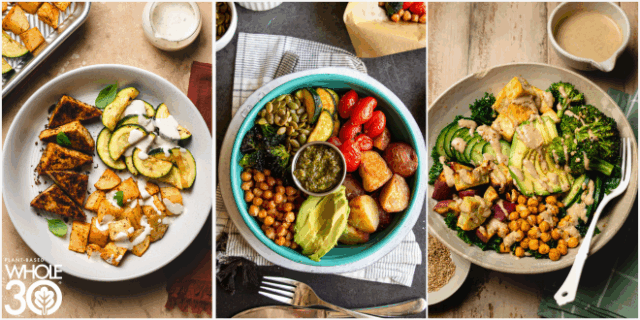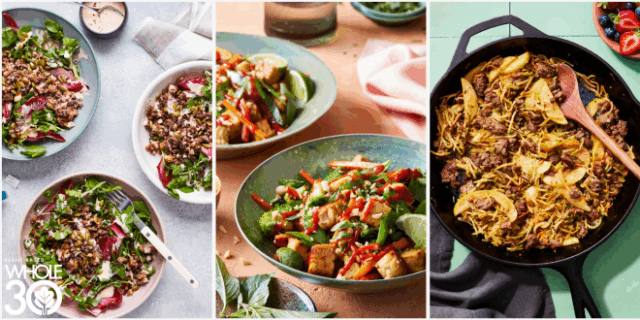Fiber is one of the most underrated items in food. It offers many benefits—not only for your gut, but for your heart health, as well. Fiber might be an unrecognized health hero, but today we’re giving it the recognition it so richly deserves.
It’s not classified as an essential nutrient, yet, but there have been many conversations about possibly giving fiber the spotlight it needs. You don’t need to wait to start appreciating fiber’s superhero status. Below, you’ll read about what fiber is, where to find it in foods, how much you need to aim for daily, and the effects of a high-fiber diet.
What is fiber?
Fiber doesn’t have the best pop-culture reputation. It might be associated with fiber bars or commercials for fiber powders. Strictly speaking, dietary fiber is a type of complex carbohydrate that isn’t fully digested or absorbed. Though it isn’t taken into your body, the trek fiber takes through your digestive system plays a few important roles in your overall health:
- Works to bulk stool, making bowel movements more comfortable.
- Helps prevent build-up in the colon, which supports a healthy lower intestine.
- Aids in maintaining healthy, normal blood-sugar levels by slowing sugar absorption.
- Benefits heart health by positively impacting levels of “bad” LDL cholesterol.
- Makes you feel fuller and more satiated.
Eating more fiber doesn’t mean loading up on the processed forms you see on commercials. This complex carbohydrate can also come directly from plant-based foods. And during your Plant-Based Whole30, you’re sure to consume various new fiber-rich plant-based items.
Part of that is due to the fact that fiber only comes from plant-based sources and can’t be found in meats or animal products. So a plant-based diet is a great idea if eating fiber is a big goal for you. And it gives you another reason to continue loading your plate up with fruits and vegetables
Soluble fiber vs insoluble fiber
There are two different types of fiber: soluble and insoluble. Both are very important, but have slightly different functions.
Soluble fiber can dissolve in water and become gel-like in your gastro-intestinal (GI) tract. This “gel” helps slow the rate of digestion and has been associated with a healthy heart, normal cholesterol levels, and helping maintain proper blood-sugar regulation. Some journal studies even cite soluble fiber as one of the most important factors for your gut microbiome,too.
Insoluble fiber, or roughage, does not dissolve in water. Instead, it adds bulk to stool, helping keep bowel habits regular and preventing constipation.
You need a healthy balance of both types of fiber to help support good digestion, heart health, and even increase satiety at mealtimes. And the section below provides you plenty of good options for sourcing soluble and insoluble fiber for your diet.
Fiber-rich foods to add to your shopping list
Good news! Your daily diet might already contain many foods that are high in fiber. That’s because so many common plant-based items are already brimming with one type of fiber or the other. But it’s worth taking a look through the lists below to help you find fiber-rich foods you can add to your regular rotation.
Sources of Soluble Fiber
Here are some common foods and their soluble fiber content. Most of these foods have more fiber than listed. This is only the amount of soluble fiber.
- Black Beans (5.4 grams (g) per ¾ cup)
- Lima Beans (5.3g per ¾ cup)
- Lentils (4g per ½ cup)
- Carrots (2.4g per 1 cup)
- Brussels Sprouts (2g per ½ cup)
- Avocados (2g per ½ avocado)
- Pears (1.5g per medium pear)
- Flax Seeds (1g per 1 Tablespoon)
- Apples (1g per medium apple)
Sources of Insoluble Fiber
If you’re searching for more insoluble fiber, this list is for you. Like the sources of soluble fiber, some of these cross over to both soluble and insoluble, as well. But this list is only highlighting the insoluble fiber content.
- Blueberries (4g per 1 cup)
- Green Peas (3g per ½ cup)
- Almonds (3g per ¼ cup)
- Kale (2g per ½ cup)
- Sweet Potato (2g per ½ cup)
- Beets (1g per ½ cup)
How much fiber do you need?
The general recommendation for how much fiber you need from the USDA’s Dietary Guidelines for Americans is about 14 grams for every 1,000 calories you eat daily. This averages out to the general recommendation of 25 grams per day for women, and 38 grams per day for men. There is no recommended amount per type of fiber, only total dietary fiber.
These goals may seem low, but according to a paper published in Nutrition Today, only about 5-10% of Americans meet their daily fiber needs. It’s an area with room for improvement for many of us.
But what can be done? Focusing more on plant-based foods is a start. Joining the next Plant Based Whole30 is also a great way to increase your overall fiber intake.
Is too much fiber bad for you?
There is no upper limit on fiber intake, meaning no amount of fiber has been deemed unsafe. However, too much fiber could be rough on your system if you jump from 5 grams to 20 grams daily.
These symptoms of too much fiber, too quickly will sound pretty familiar. If you’re too quickly increasing the amount of fiber you eat daily, the most common side effects are gas and bloating.
It’s also important to ensure you drink adequate water while increasing fiber consumption or eating a fiber-rich diet. A lack of water can cause constipation and other negative gut health issues.
For other tips on ramping up your fiber intake gracefully and comfortably, check out this article.
How to add more fiber to your diet this week
Adding more fiber to your diet is easy—especially if you’re already primarily a plant-based eater. First, aim to make half of your plate vegetables at every meal. Make a quarter of your plate a bean or legume. Straight away, you have two components to your plate to increase your overall fiber intake.
That’s good general advice. Now for some tasty recipes you can make this week. Try adding these three recipes to your meal plan for additional ideas on boosting your daily fiber intake.















